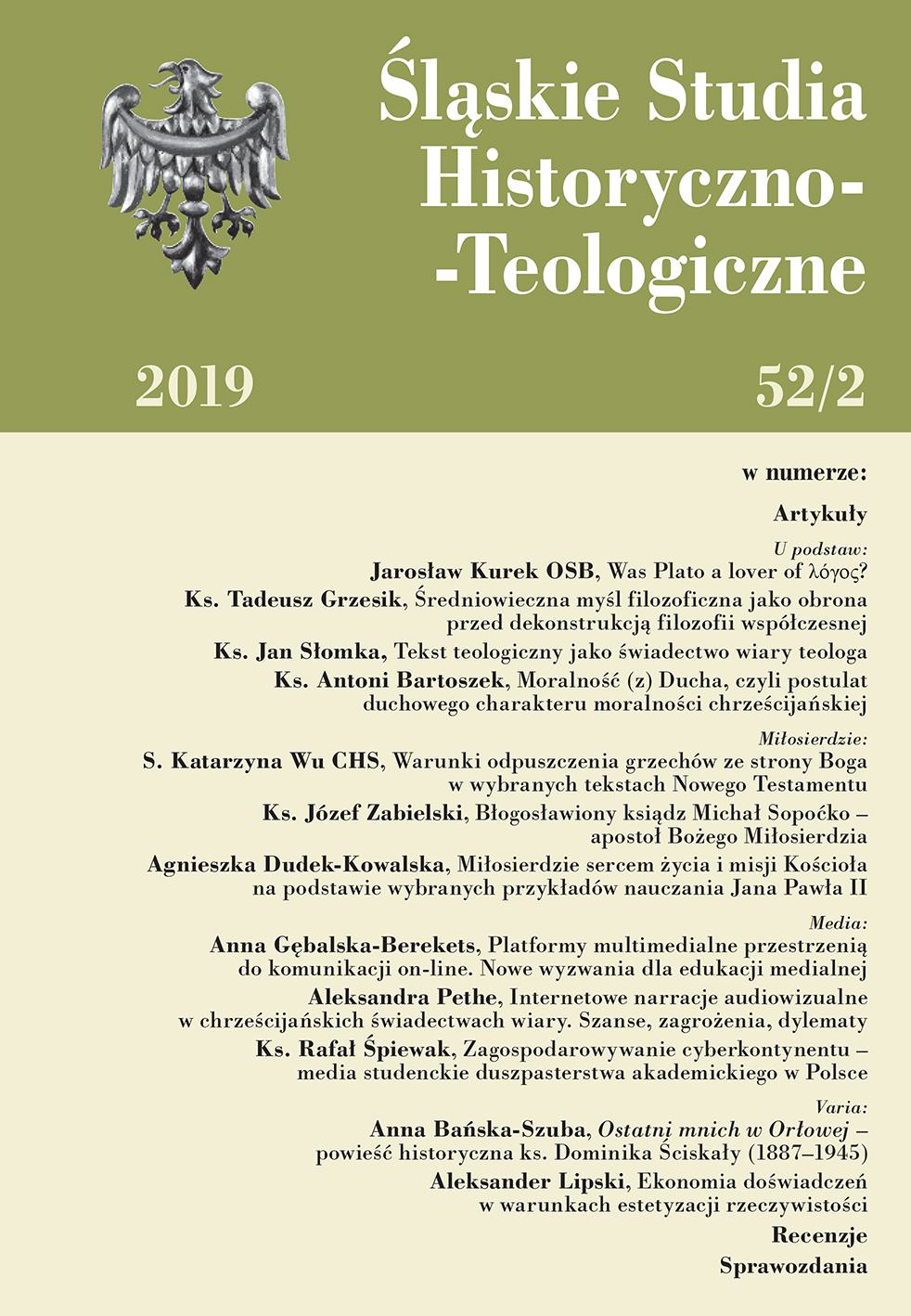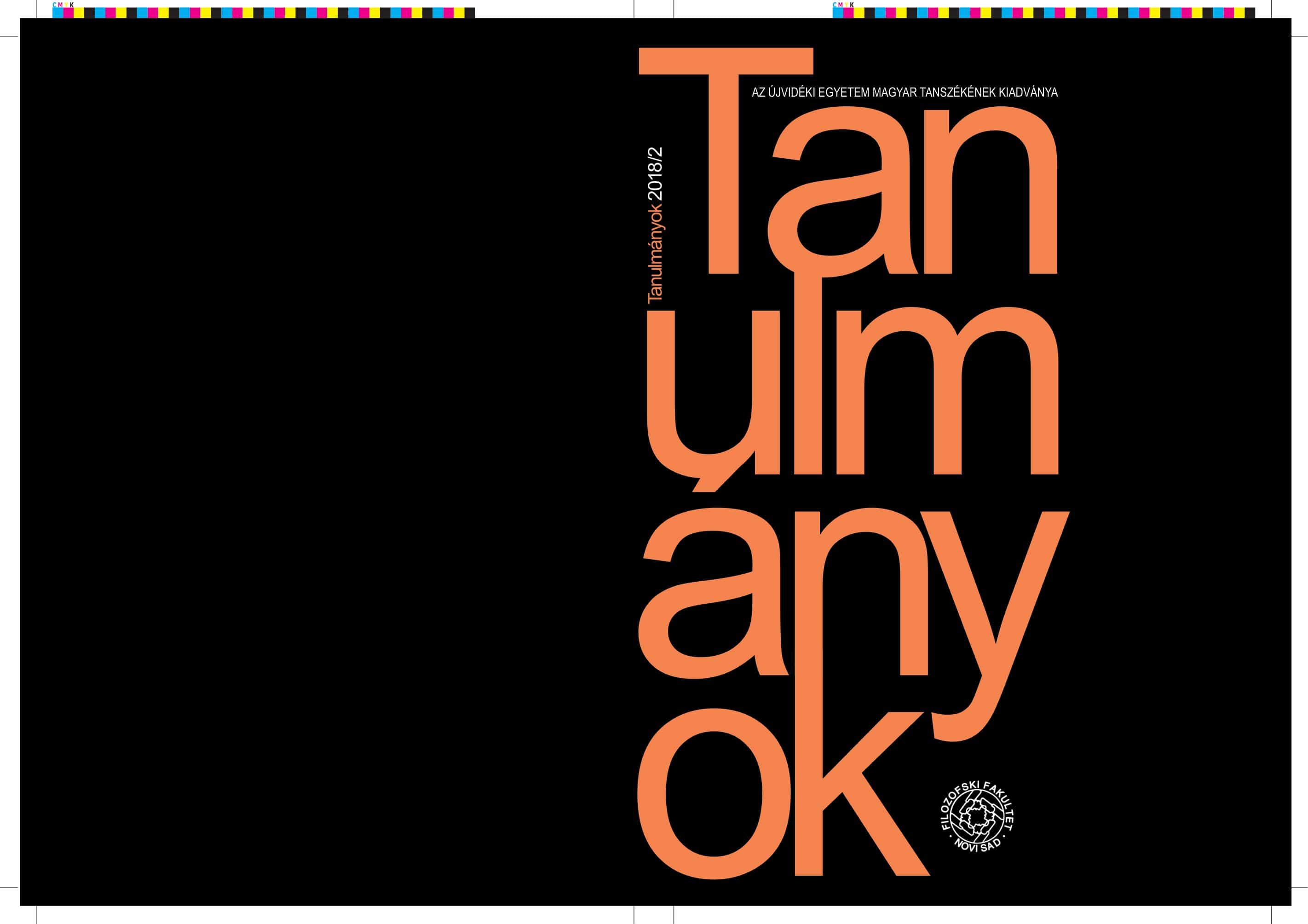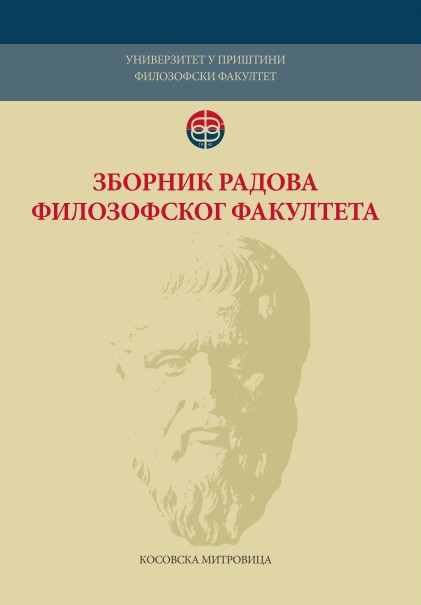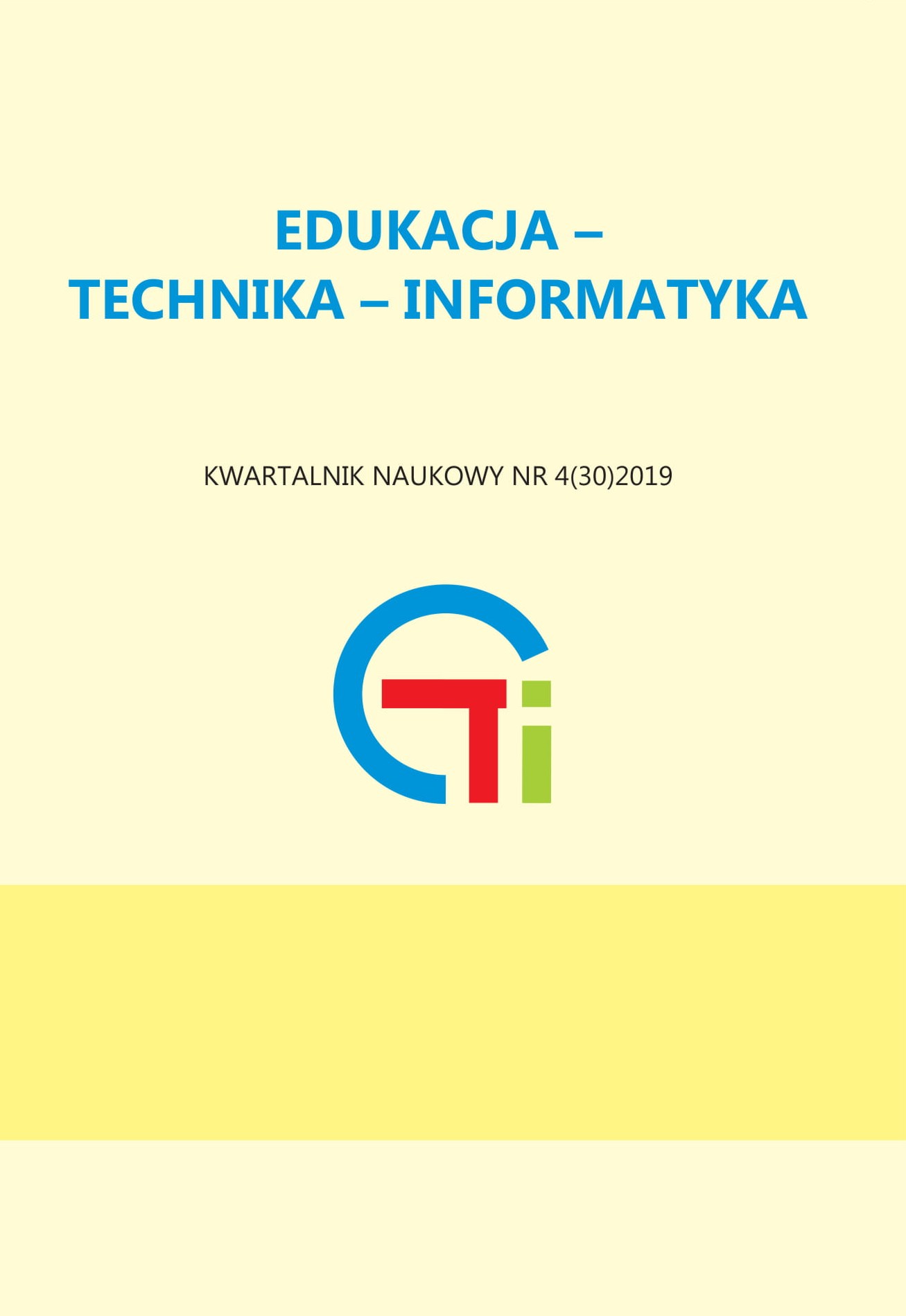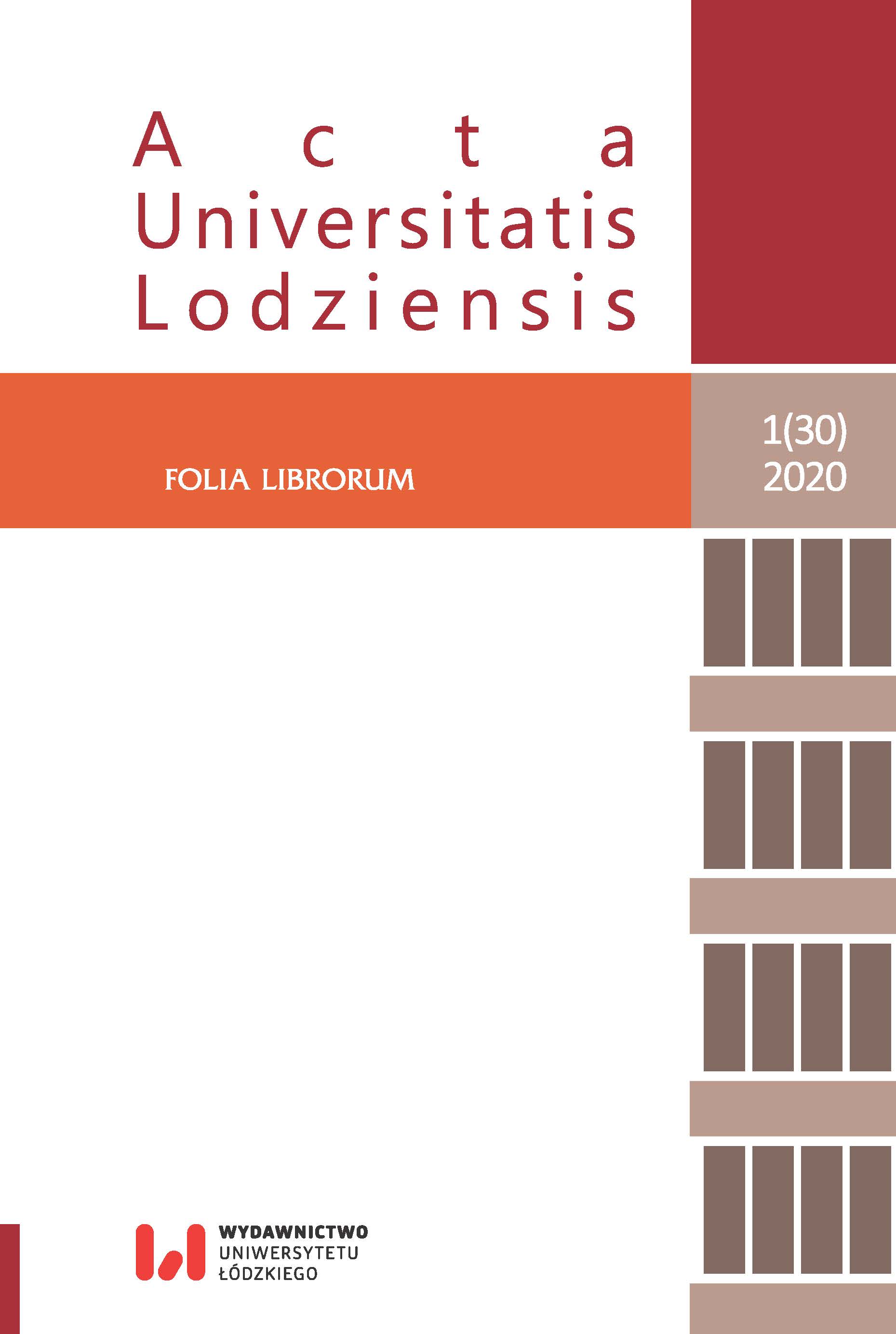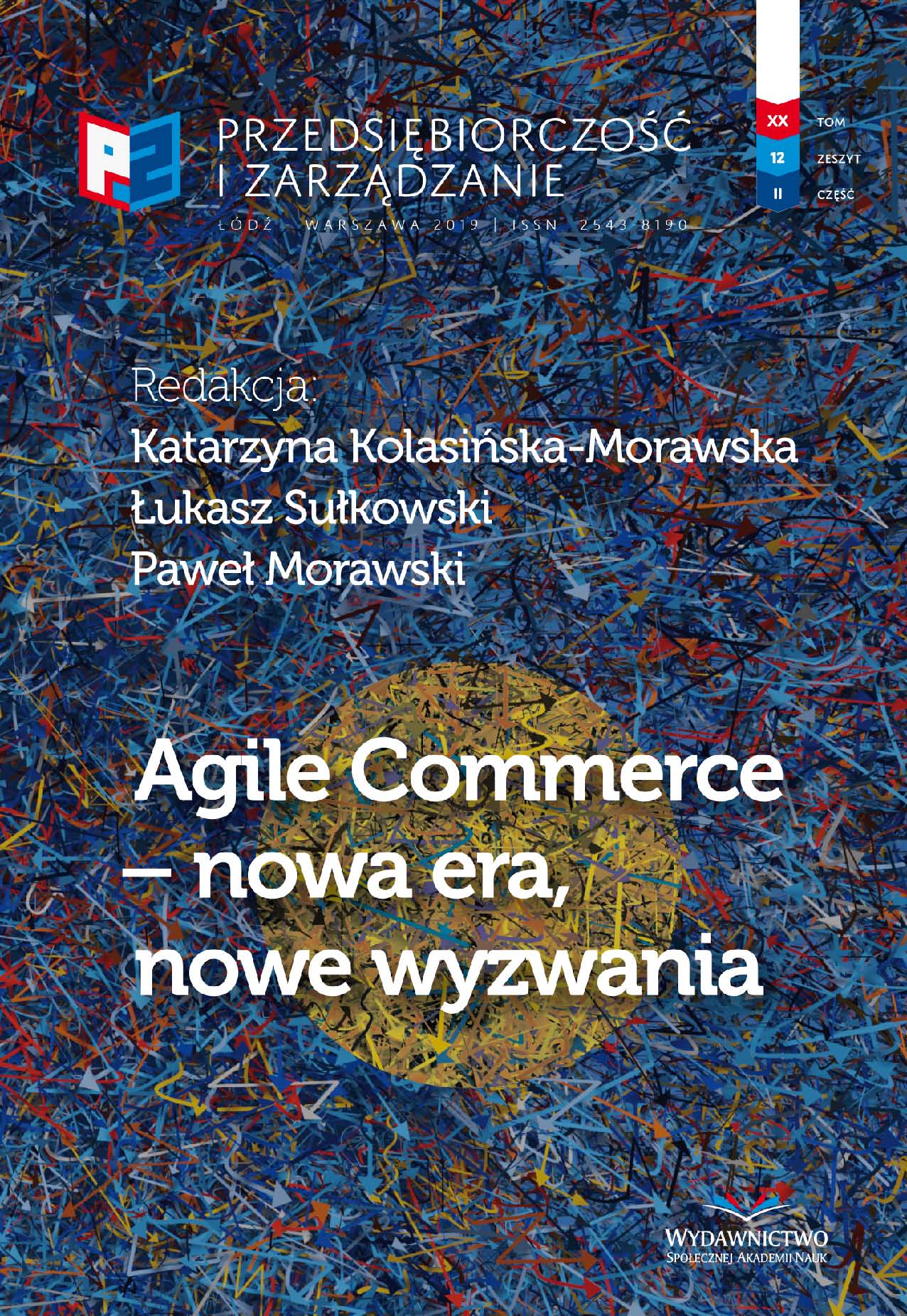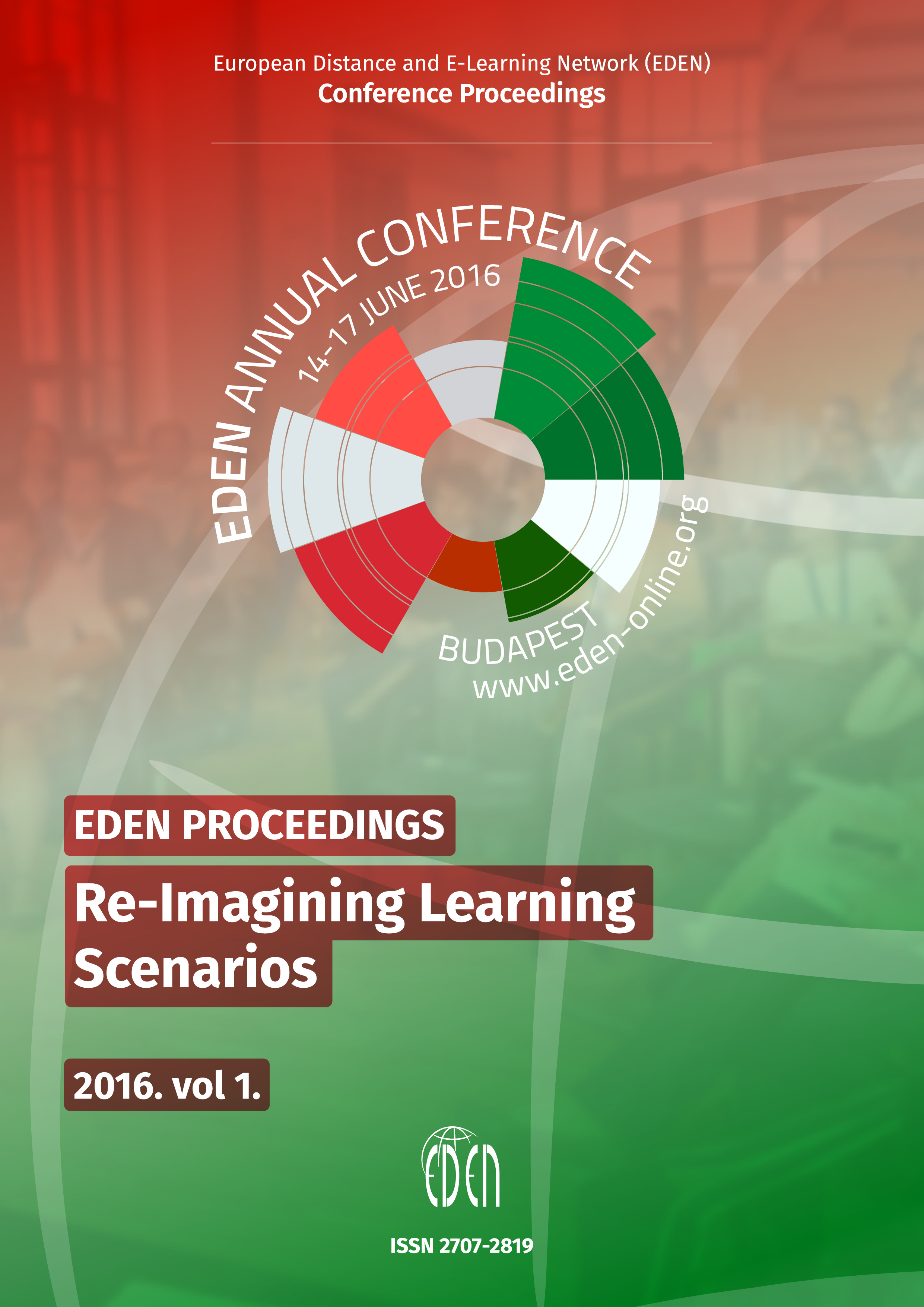
Implementing a Model and Processes for Mapping Digital Literacy in the Curriculum (Online Badges)
Digital literacy has been identified as an essential part of a number of other skills and competences that should be developed and are collectively known as 21st Century Skills (The Partnership for 21st Century Learning, 2015; United Nations Education Scientific and Cultural Organisation, 2008). The increasing demand for the workforce to become digitally competent compels educational institutions to review their programmes and ensure that digital skills become embedded as a graduate attribute (Figel’, 2007; Quality Assurance Agency, 2014). In the UK and at a national level, the ambition to enhance the digital capability of the workforce and the population in general has been articulated in numerous occasions by a variety of stakeholders. Examples within Higher Education include national initiatives such as the Developing Digital Literacies programme (Joint Information Systems Committee, 2013), the Digital Literacies in the Disciplines programme (Higher Education Academy, 2014) and the Changing the Learning Landscape programme (Higher Education Funding Council England, 2015) to name a few. The main drivers for enhancing the digital capabilities of a diverse student population have been identified as a requirement by employers as well as by professional bodies; the same issue was also reflected in the Government and funding council’s strategies and policies (House of Lords – Select Committee on Digital Skills, 2015; Quality Assurance Agency, 2014).A unique perspective was gained whilst working within a faculty and supporting their learning-technology developmental needs as a professional practitioner. The need for a new approach to academic professional development of digital capabilities was identified. It was observed that the established methods of delivering technology training to academic staff had limited impact in increasing their digital capabilities in practice. This was particularly noticeable when examining the application of newly acquired digital skills to teaching practices and curriculum delivery. The main reasons identified from, but also documented in literature, were: (a) lack of structured models for developing and employing new and innovative digital approaches to teaching (and learning), (b) resistance to change, (c) failure to utilise the opportunities of informal learning (and teaching) and (d) difficulties to capitalising the affordances of technology for formative assessment (European Commission, 2014; Johnson et al., 2013; Johnson, Adams-Becker, Estrada, & Freeman, 2015).
More...
